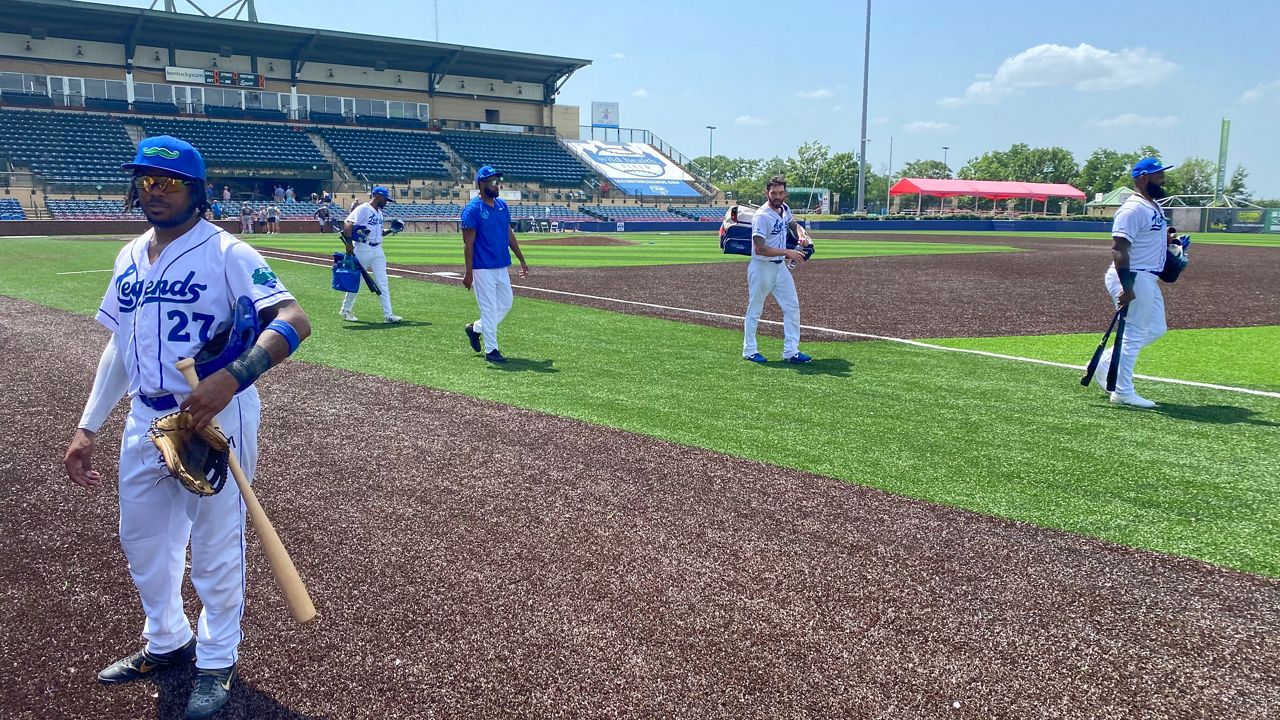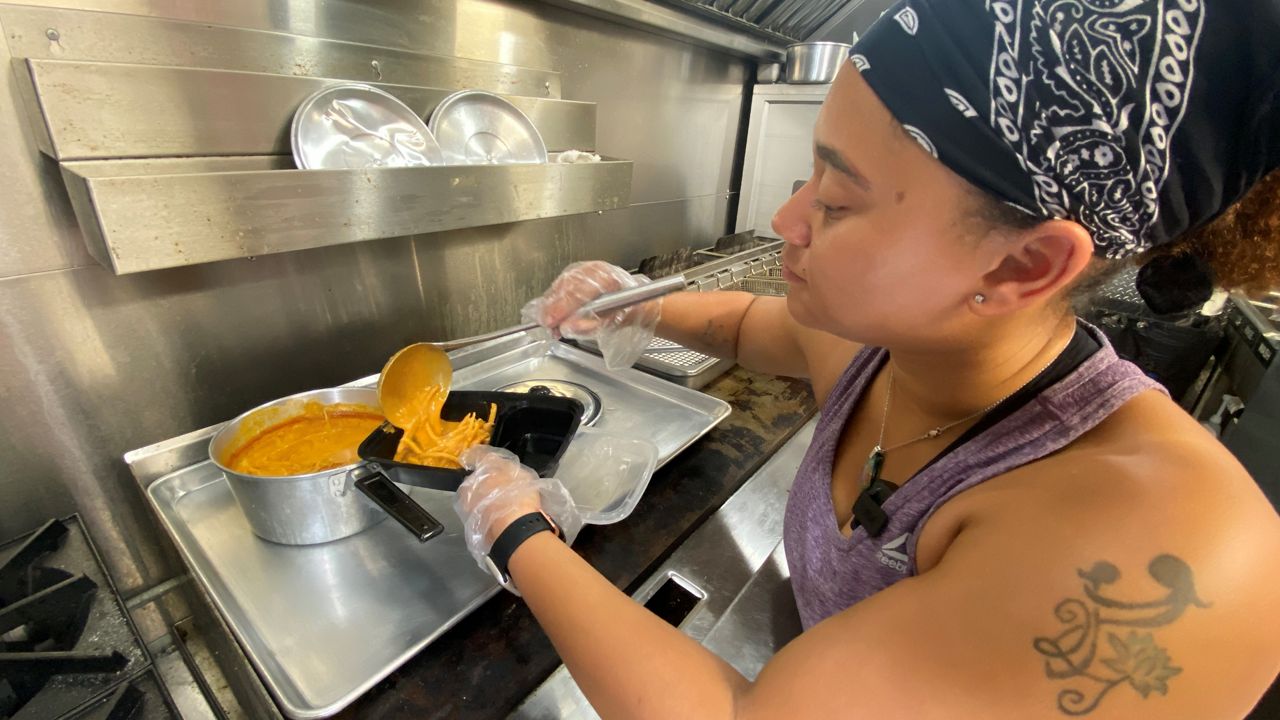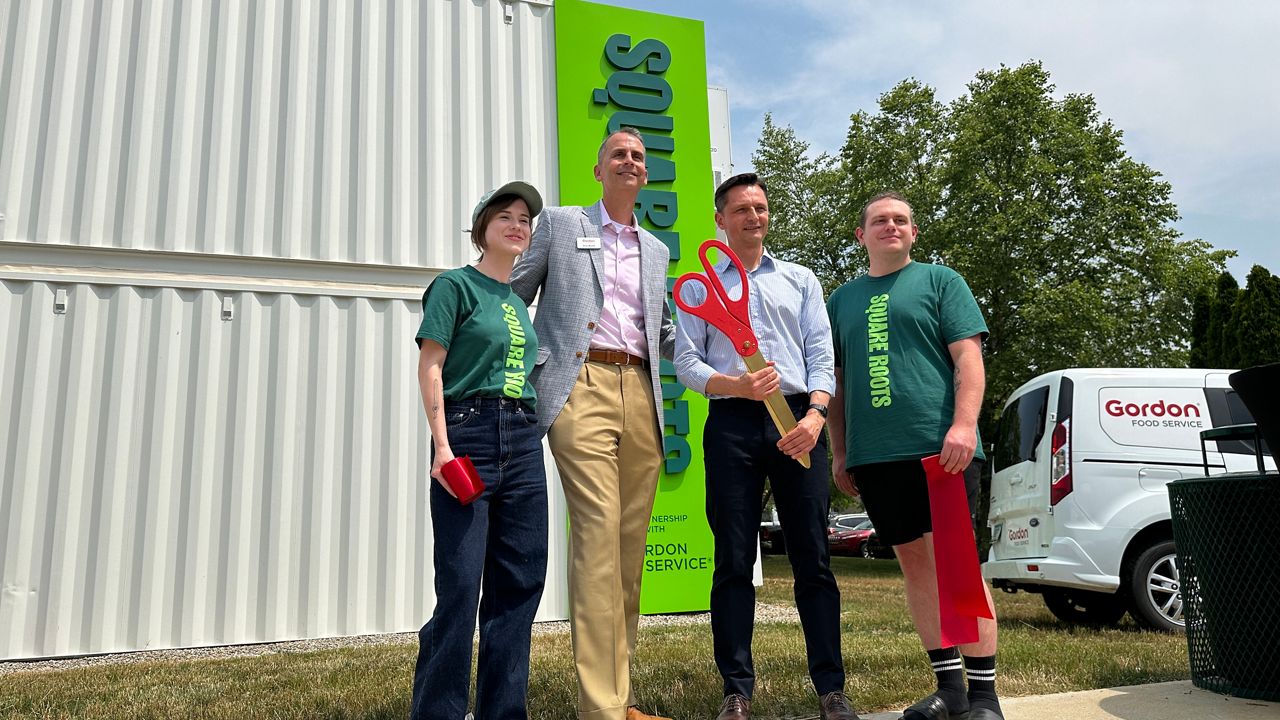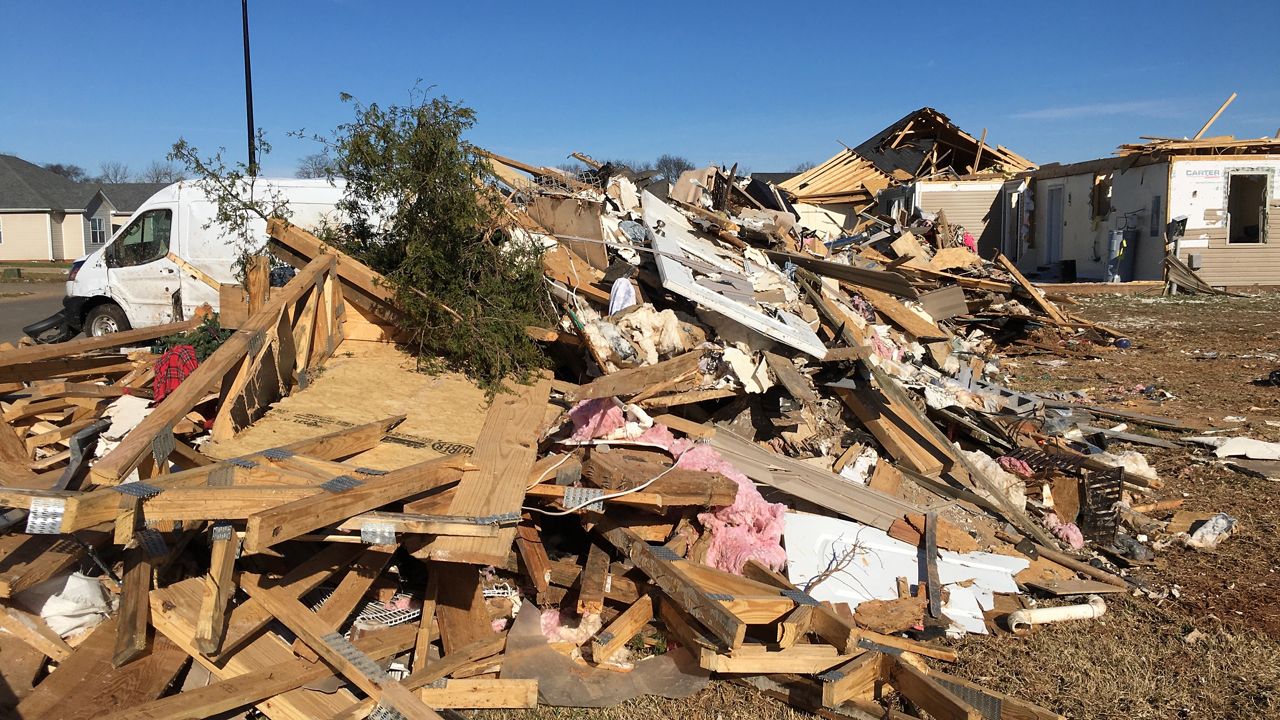LEXINGTON, Ky. — Perhaps a name change is needed for the “boys of the sweltering summer.”
What You Need To Know
- University of Kentucky professor says current heatwave is hottest and longest in a decade
- Baseball players endure temperatures as season progresses
- Professor provides tips for avoiding heat-related illness
- Local baseball player says turf increases temperature significantly
The latest heatwave to scorch Kentucky has not stopped the Lexington Legends, which took the field for a 12:05 p.m. game against the York Revolution on Wednesday with the thermometer reading 95 degrees and a heat index of 104 degrees.
Pete Yorgen, 27, is a catcher on the Legends’ roster who said there is no big secret to keeping cool, but there is work and preparation involved.
“Obviously we are playing on turf, so it’s a lot hotter,” he said. “I think today they said the heat index was about 104 to 105, and with the turf it’s anywhere from 40 to 50 degrees hotter. It is steaming out here.”
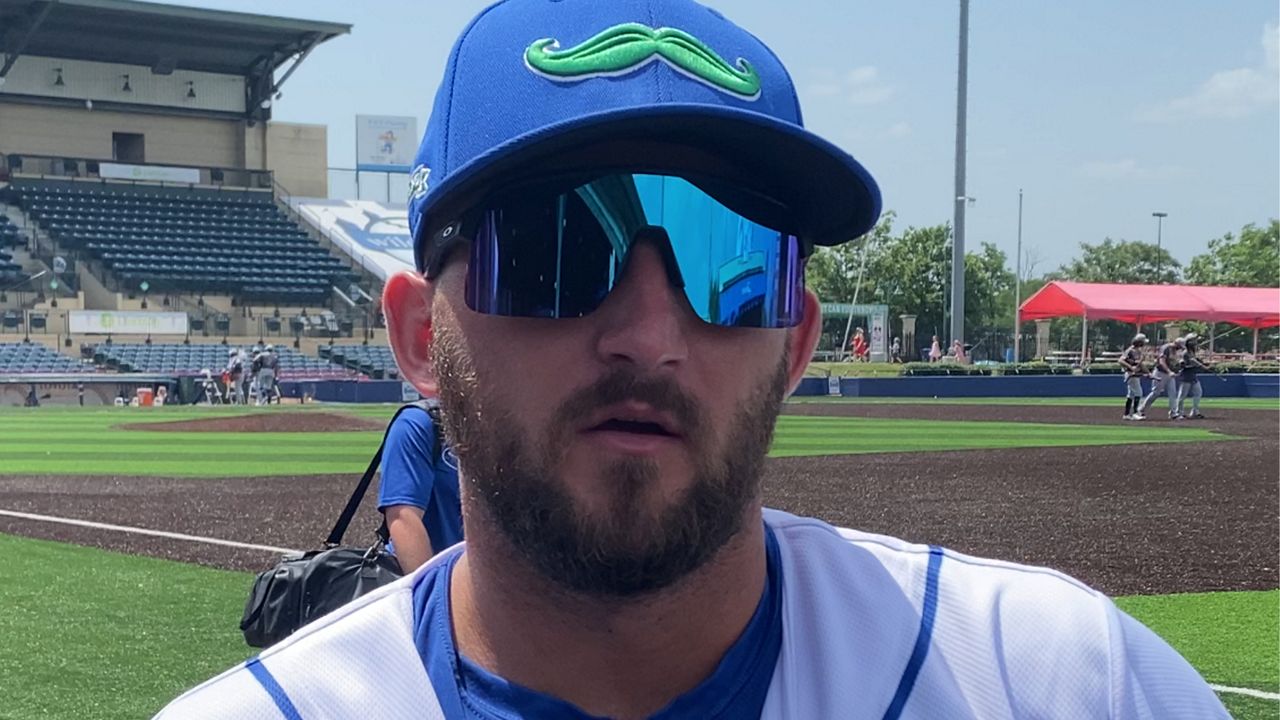
The main thing for athletes like Yorgen is hydration, he said, which he said for him and his teammates means drinking lots of water before, during and after the game.
“Today, I had a towel wrapped around my neck and over my head just trying to cool off,” he said. “With the turf, our uniforms, equipment and lack of shade on the field, it makes it a lot hotter on us. Even taking the proper precautions doesn’t keep guys from cramping up overheating.”
Yorgen said athletes develop an ability to deal with heat better than most people.
“We play in it, we practice in it. We are always outside,” he said. “We get used to it. Playing on turf really gets us used to it. We prepare for heatwaves and cold spells. We expect them in baseball.”
Dr. Terry Bunn, professor of epidemiology and environmental health at the University of Kentucky College of Public Health, directs the Kentucky Injury Prevention and Research Center. One program grant Bunn’s department receives is from the National Institute for Occupational Safety and Health (NIOSH) and funds the Kentucky Occupational Safety and Health Surveillance Program.
“Within that program, we conduct surveillance of worker injuries, illnesses and fatalities that occur in the Commonwealth of Kentucky,” Bunn said. “We produce hazard alerts based on what we are seeing in recent data and the purpose of those hazard alerts is to provide them to employers throughout the state for them to use in their worker safety training.”
The center produced a hazard alert in 2019 about working in extreme heat and humidity.
“Within that hazard alert, we said that from 2016 to 2018 there were 242 Kentucky workers who visited the emergency department due to heat-related injuries and illnesses,” she said. “I just had my epidemiologist look at the data for 2021, and in 2021 we had 63 emergency department visits to Kentucky hospitals for heat-related illness among workers.”
The alert also included recommendations to prevent heat-related illness, such as wearing light-colored, loose-fitting clothes to keep from trapping heat while working outside.
“Wear nothing that could inhibit the ability to sweat while you’re on the job,” she said. “We also recommend scheduling your heaviest and most physically exerting activities either at the beginning or end of the day when the temperature and the heat index are lower. We also recommend drinking, if you are outside, at least two cups of water per hour. If the heat index is above 100 degrees, we recommend drinking four cups of water per hour while working outside. We’ve also recommended that employers who have employees that are just starting a job working in the heat to have them become acclimated to those temperatures slowly by giving them plenty of breaks and lots of water while on the job. The same goes for employees who may return to work after an extended absence.”
Bunn also recommends employees be trained in first aid and that medical supplies are available if needed.
As for athletes, Bunn said playing a sport is considered an intense physical activity, and for baseball players like Yorgen, she said ensuring there is a period of rest, such as between innings, is critical.
“Also, athletes need to make sure they are drinking lots of liquids and monitoring themselves while playing,” she said. “They should let a coach, trainer or teammate know immediately if they experience symptoms of heat exhaustion, heat stroke or any kind of heat illness.”
Bunn said the current heatwave should be taken “very seriously.”

Bunn said some things to consider when trying to prevent heat-related illness is paying attention to the environmental conditions such as air temperature, humidity, whether the area is in direct sunlight and airspeed, which means determining if there is enough wind to allow cooling off.
“Some of the heavy work and physical activities that will really increase that metabolic rate and make you more vulnerable to heat illness include climbing stairs, ladders, ramps, intense shoveling or digging,” Bunn said. “It would also include using things like sledgehammer use. If you’re doing a lot of masonry work involving stone or brick, or firefighting when you have to wear heavy gear and protective clothing.”
Other jobs that could be hindered by extreme heat and result in a high metabolic rate are roofing, landscaping, lumber activities, welding and mixing cement, Bunn said.
“Some symptoms of heat exhaustion to look for are beat, heavily sweating, feeling extremely weak or fatigued, dizziness and nausea,” Bunn said. “You might become more irritable, too, and start fast, shallow breathing. The result of that would be that slightly elevated body temperature, so you should also have a thermometer on hand. When we’re talking about a heat stroke, what you ultimately want to avoid are high body temperatures. Some symptoms of heat stroke are confusion, loss of coordination, hot, dry skin, profuse sweating, a throbbing headache, and ultimately, you could experience seizures or fall into a coma.”
“Make sure your supervisors are trained on recognizing heat exhaustion and heat stroke symptoms so they’re able to respond in a timely fashion and get that person, that worker or that athlete immediate medical attention,” she said.
The Legends are in action almost daily for the next week and a half. Temperatures will remain high on several of those days.





